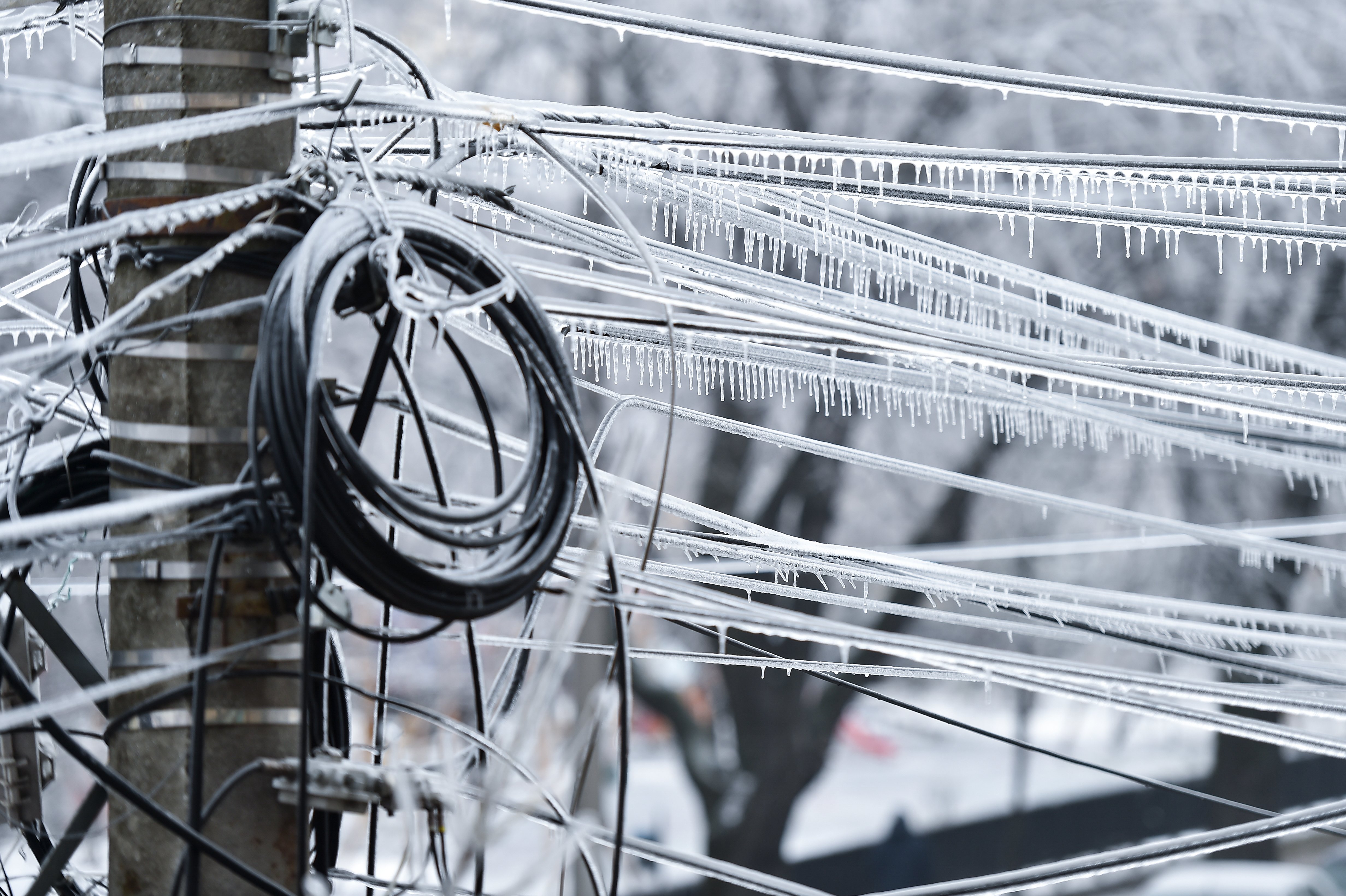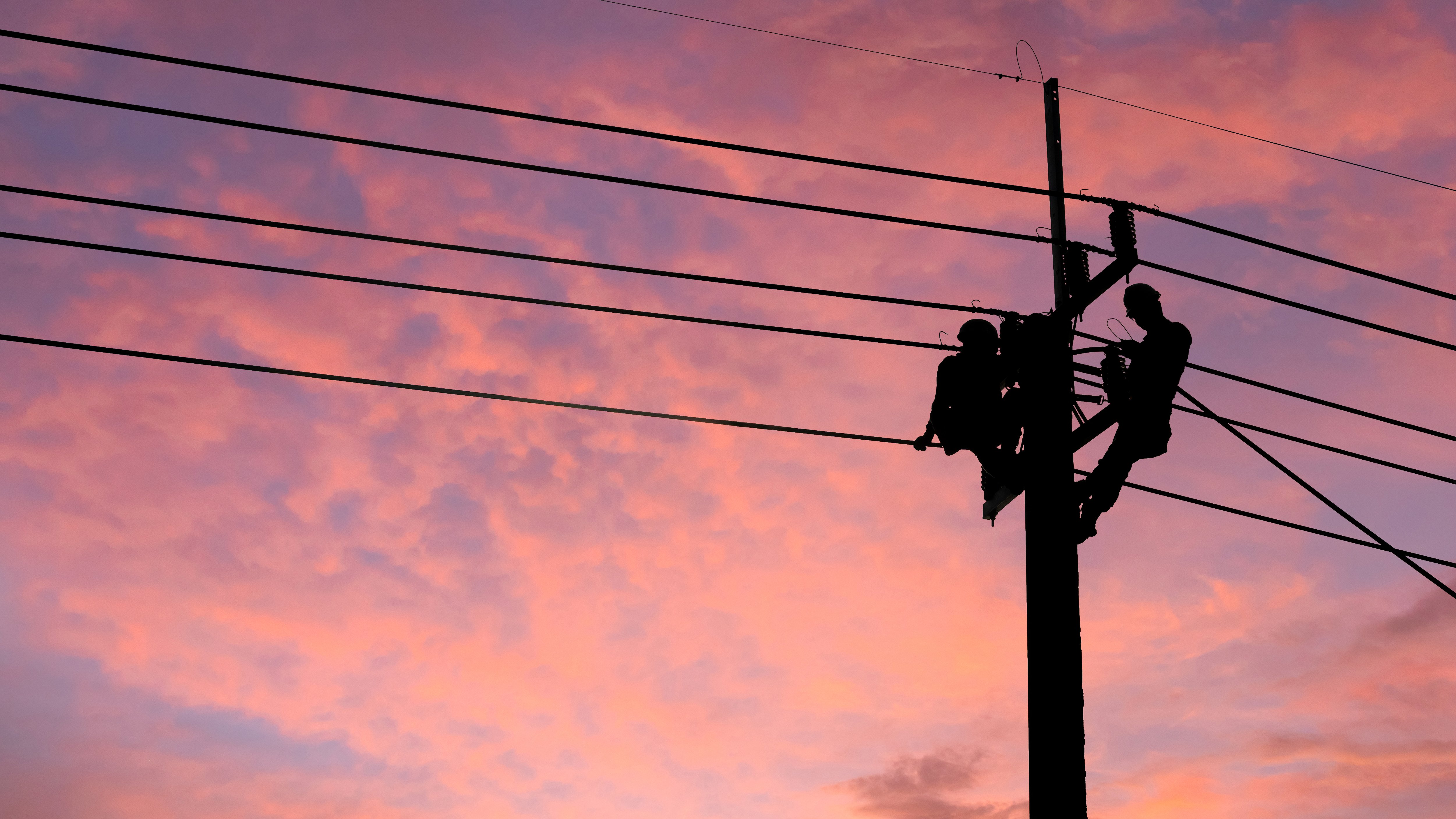Ninety-five percent of power sector respondents agreed that “Digital transformation is a top strategic priority at my organization,” according to research by Deloitte.
Whatever the reason you’re considering (or reconsidering) your tech stack, it can be difficult to figure out what tools to use and how they fit into your organization. So we talked with utility experts to outline where opportunities for improvement might lie, how to evaluate new technology, and how to ensure smooth integration into your existing technology.
If you’re one of this vast majority, you’re probably facing one of four situations:
- Your utility already has an extensive technology stack. You’re tasked with making sure that each tool is updated, that they continue to play well together, and that you’re not missing out on any technological advances that might work even better for your organization.
- Your organization has cobbled together a suite of internally created solutions, and only a few people know how they work. You need to replace the chaos with a tech stack that streamlines workflows and that all key stakeholders can use.
- Your tech stack is inefficient; for example, you have some duplicate tools or competing technologies that don’t integrate with the rest of your tools.
- You’re starting (almost) from scratch to determine what tech tools your utility needs to increase efficiency and safety, improve customer happiness—or simply stay ahead of the ever-accelerating tech curve.
Step 1: Pinpoint The Problems
To know what technology can help solve your utility’s unique challenges, you need to know what those challenges are. The first step is to take a holistic look at your organization to spot opportunities for improvement. “How many issues are you finding?” asks Kristen Ellerbe, Vice President of Technology at PrecisionHawk. “How long do things take? How are your vendors performing when they're finding issues? What’s the impact of maintenance? This analysis gives you a chance to just figure out where you are.”
Some areas to consider include:
- Safety issues. You may have high-risk processes, such as helicopter inspections, where technology solutions can increase safety for staff and customers.
- Productivity. Dated and inefficient (or non-existent) technology can slow down and demoralize even the best employees.
- Keeping up with industry standards. For example, how quickly do utilities of your size typically complete inspections—and how do you match up?
- Efficiency. Is each process in your utility as fast and seamless as possible?
- Cybersecurity risks. How secure is your data against bad actors—and are you able to perform necessary security updates on devices that are running non-stop?
- Cost savings. Processes like vegetation management may be costing your utility a lot of money.
- Vendor consolidation. Do you have vendors that duplicate one another or that work cross-functionally?
- Lack of standard operating procedures. Utilities need consistent processes for data handling, maintenance, and repairs; for example, a data report from analyst 1 should be in the same format as a data report from analyst 2.
- Gaps in automation. For instance, perhaps you have automation in place to quickly collect, process, and report on inspection data, but a bottleneck occurs when your analysts have to manually inspect the images.
This analysis will help you figure out where it makes sense to develop, change, or add to a tech stack—so you spend time and energy only in those areas in which your utility is heavily invested, and where there are real problems or risks.
Learn the five steps to Evaluate and Integrate Your Tech Stack; to pinpoint gaps in your tech stack, evaluate new solutions, and work with vendors to integrate the tools into your existing technology.




